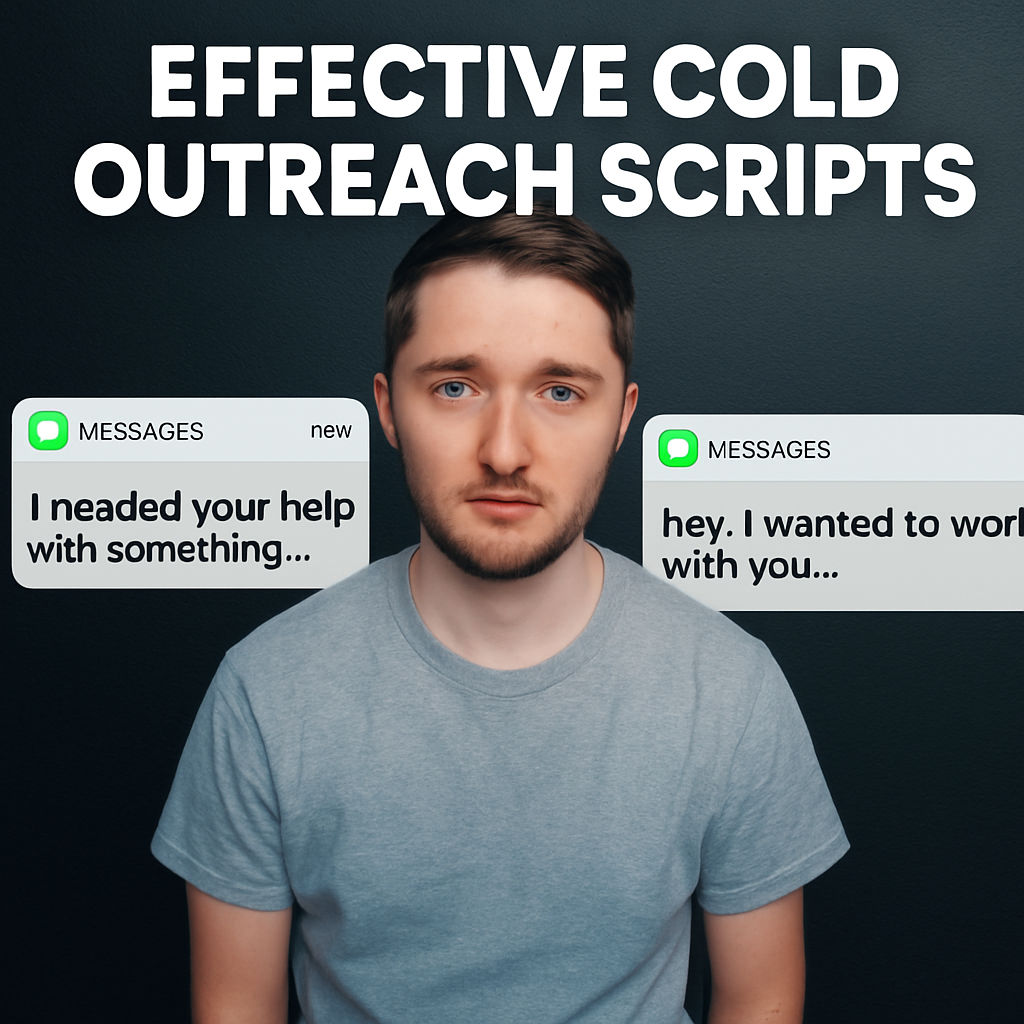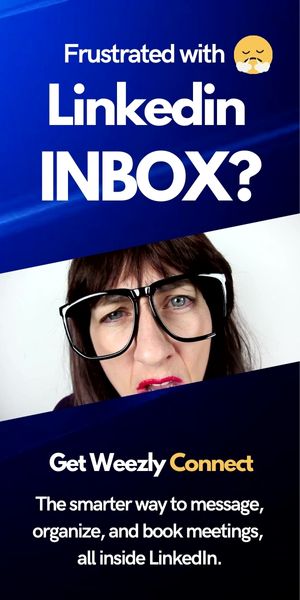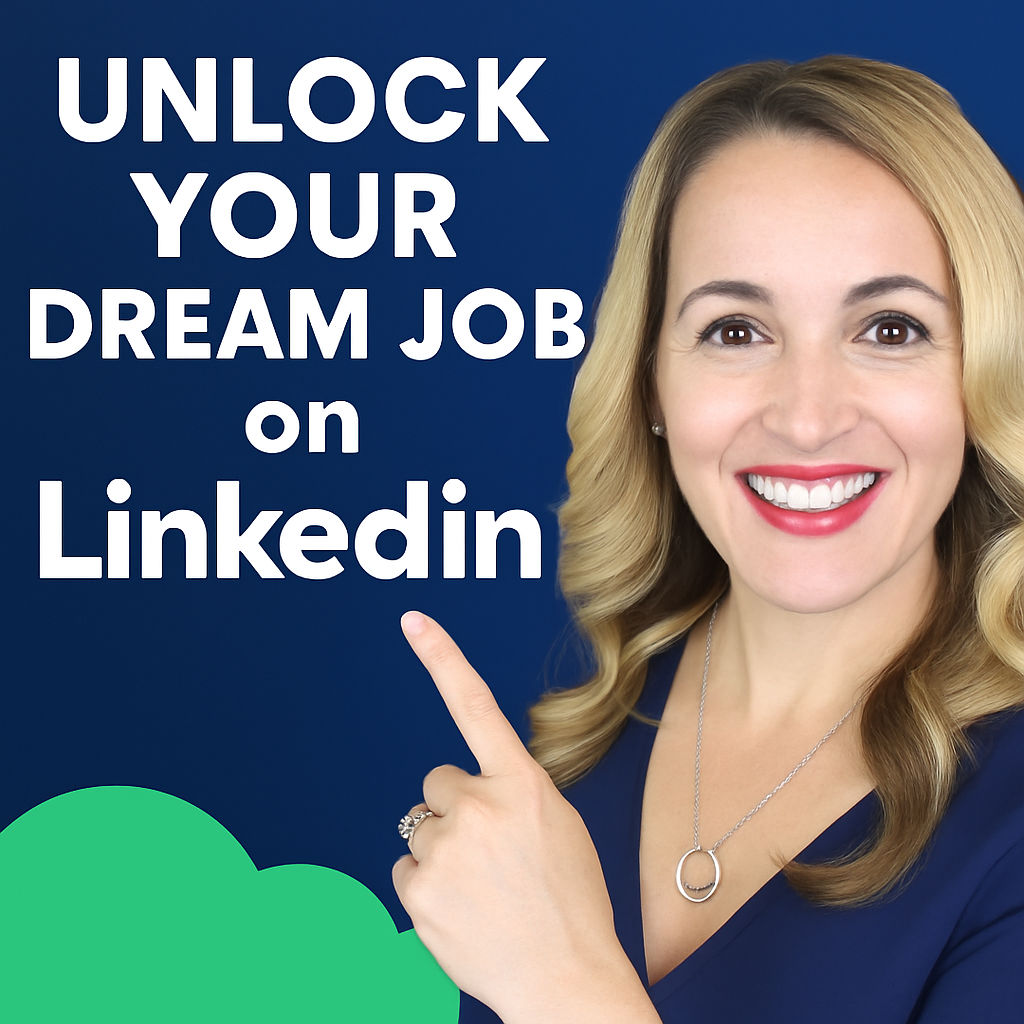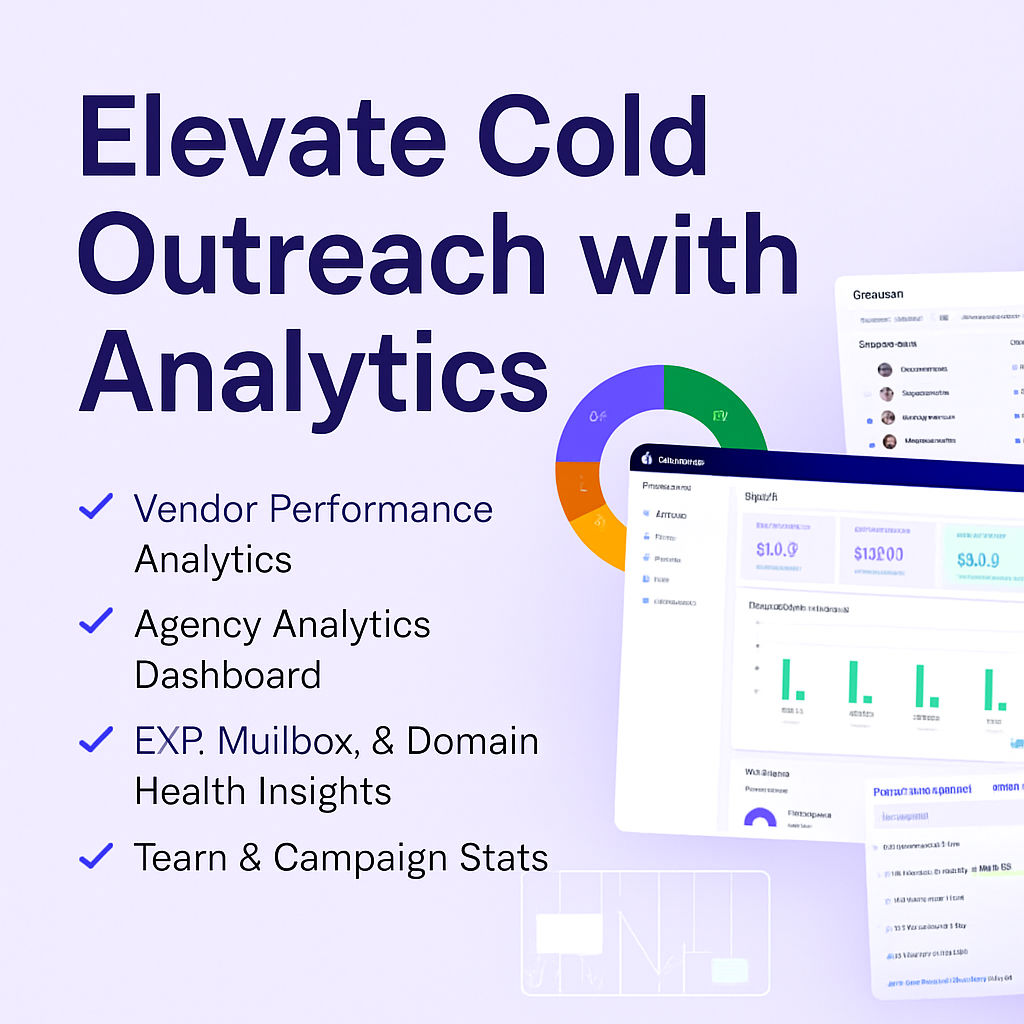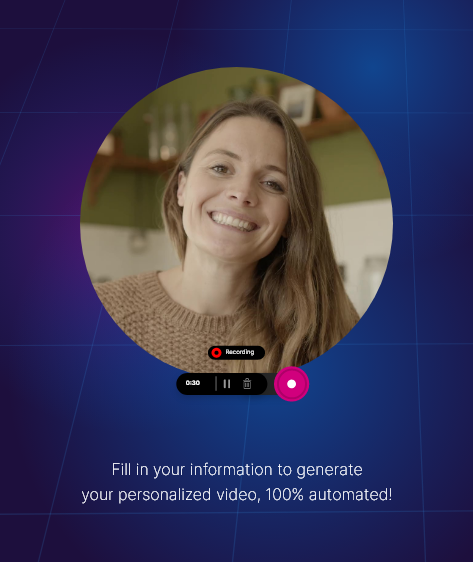Generating high reply rates from cold outreach is more challenging than ever, especially as industries get saturated and audiences become more discerning. However, through a systematic six-month process of experimenting with numerous outreach scripts and strategies, valuable insights have emerged on what truly moves the needle for B2B and B2C prospecting. In this article, we’ll present data-backed cold outreach strategies, reveal which scripts outperform others, and explain essential elements—from personalization to follow-ups—that can maximize your reply and lead rates.
Based on the original video:
Unconventional Outreach Scripts that Get Replies
The cornerstone of successful cold outreach lies in getting positive replies, not just any replies. Out of dozens of scripts tested, some unique angles far outperformed the typical “pitch and sell” approach, especially in competitive or hard-to-reach industries.
The Book Interview Angle (and Variations)
One of the strongest-performing scripts is what we’ll call the “Book Interview Angle”. This targets business owners or executives, complimenting them with an invitation to contribute to a book, podcast, article, or research project. Even if you’re not literally writing a book, this approach works because it shifts the recipient’s mindset away from preparing to be sold and toward contributing their expertise.
- Example Script: “Hey [First Name], this is [Your Name]. I know you don’t know me, but I wanted to see if I could interview you. I’m writing a book aimed at [your_field] professionals and thought you’d be a great addition to my research. Could we schedule a 30-minute call? I’m willing to pay for your time.”
This method has proven effective across sectors—credit unions, med spas, chiropractic, and more—often producing upwards of 7–8% positive reply rates and generating dozens of interested responses in a week.
Advantages and Limitations
- Works exceptionally in saturated or resistant industries where traditional sales scripts fall flat.
- Yields a high volume of calls, but these may include a lower percentage of qualified leads.
- Anticipate that roughly 40% of resulting calls can be unqualified or low intent based on industry data.
The key is using the initial call for value-driven research, only pivoting to a soft pitch once rapport is established. While the close rate may be lower, you’ll engage prospects who’ve ignored standard cold pitches.
Optimizing Channels and Tactics Beyond the Script
Your cold outreach results can hinge not only on what you say, but how and when you say it. Systematic testing reveals surprising findings related to channels, numbers, sending times, and follow-up cadence.
SMS, Voicemail, and Email: Which Channel Delivers?
While the scripts discussed work cross-channel, the results shared here focused primarily on SMS, but similar principles apply to cold email.
- SMS alone: ~11% total reply rate, ~7.75% positive reply rate for high-performing scripts.
- Voicemail first, then SMS: 24% reply rate versus 18% for SMS alone. However, positive reply rates (actual interest) remained similar at 7.1–7.3%.
Voicemail can increase responses, but beware: the extra replies can be a mix of interested and annoyed leads. Focus on positive reply rates when measuring success.
Local vs. Toll-Free Numbers: The Local Advantage
Localizing your outreach phone number increases reply rates substantially—jumping from 15% (toll-free) to 22.8% (local), a 46% boost. However, positive reply rates for both remained nearly identical (~6.3–6.4%).
If you’re performing email outreach, a similar analogy would be sending from a familiar-looking local or branded address (vs. a generic one). The lesson? Familiarity increases initial engagement, but not necessarily buying intent.
Follow-Ups: Multiplying Your Success Rate
Neglecting to follow up leaves opportunity on the table. Testing revealed that sending a single follow-up (about 3 hours after the initial message) raised total reply rates from 5% to 15%, and positive reply rates from 3.4% to 5.7%—a 66% improvement in positive leads.
Be prepared for more negative replies alongside positive ones, but overall, the incremental sales are worth it. Typically, two follow-ups (for a total of three touches) deliver the best results, especially for SMS, while for email, spacing follow-ups by days rather than hours is recommended.

The Truth About Personalization in Cold Outreach
Personalization is widely touted as the holy grail of cold outreach, but what does the data say? Extensive testing of deep personalization tactics—think referencing a colleague’s name, handwritten letters, or custom video presentations—produced mixed and sometimes disappointing results.
When Deep Personalization Fails to Scale
- Colleague Name Personalization: Manually referencing a recipient’s coworker after researching on LinkedIn yielded a 25% reply rate (16% positive) with one batch, but zero positive replies with another.
- Handwritten Letters: Extremely time-consuming. Out of 100 personalized, wax-sealed mailers—only one call and a handful of replies (mainly after email follow-up).
- Handwritten Machine/Small-Batch Personalization: Little to no return for significant effort and expense.
- Custom Personal Video Presentations: Very low positive response—one to two replies (none positive) out of batches of 15+.
What’s the takeaway? While one-off personalization can create memorable experiences, it rarely scales cost-effectively. A more robust approach is using scripts that feel personal but can be templated and mass-produced without hours of research per prospect.
The Cost of Intensive Personalization
- Handwritten outreach and deep dives into each target can increase reply rates but is unsustainable and slow.
- Small sample sizes are unreliable—always validate your outreach approach at scale before committing massive resources.
Personalization That Scales
Including easy-to-insert variables (first name, city, website URL) and tailoring scripts by segment (industry or job role) is often sufficient for meaningful response rates. Technologies like dynamic video backgrounds or auto-applied custom fields can marginally improve results, but should not become a bottleneck.
Regressions, Local Variability, and Industry Differences
Interestingly, the same outreach script can yield dramatically different results depending on region, sector, or audience temperament. Data reveals:
- What works exceptionally in the UK or Malaysia can flop in the US, or even vary by state—one test got higher results in North Carolina compared to Georgia and Washington, DC.
- Industry behavioral norms strongly affect reply and close rates—where some industries respond well to ego-stroking scripts, others may prefer a more direct value proposition.
In short, always adapt and test your best-performing scripts regionally and by vertical, embracing a test-and-iterate mindset.

Psychological Triggers: The Free Offer, Incentives, and Value Stacking
The Power of the Free Offer (B2C and Home Services)
B2C cold outreach can be effective if you provide a compelling, low-friction offer. The “free offer” script—such as free window washing or discounted car detailing (in exchange for a Google review)—produced a 2–3% positive response rate among homeowners, even when not highly targeted. This outperforms traditional “can I give you a quote?” messages, which convert at only 0.5%.
- Key takeaway: A high-value, tangible freebie sparks engagement and can later upsell additional services, yielding more opportunities than a bare sales proposal.
Pairing your outreach with a reason for the offer—”It’s your birthday!”, “I just serviced your neighbor’s home!”—amplifies authenticity and motivates action.
B2B: The “Already Have Leads” Angle
This approach works especially well for agencies and marketers pitching services:
- Example: “Hey [Name], this is [Your Name]. I have two people looking for roof estimates, one in [City A] and another in [City B]. I wanted to see if I could connect them to you—could we chat?”
Being hyper-specific and referencing real leads (or at minimum, plausible ones) builds instant credibility, shifting the prospect’s mindset from skepticism to curiosity. It’s a modernized variation of the classic “I can get you clients” script, but with proof in hand—dramatically increasing engagement rates.
For a deeper dive into how AI is transforming B2B cold email personalization and reply rates, explore this guide on AI-powered cold emails in 2025.
Direct Incentives: Paying for Time or Attention
- Direct pay for consulting/feedback: “Hey, I’d love to pay for a 30-minute call to ask you a few industry questions.”
- Conditional pay: “If you feel I wasted your time on our call, I’ll send you $100 as compensation.”
Paying for initial meetings or feedback can boost reply rates (sometimes 2–3x), but often attracts lower quality leads who may be more interested in the incentive than your offer. Conditional offers, such as only paying if the call lacks value, tend to perform better with professional prospects.
Key Lessons: Scripting, Scaling, and Success Factors
- Script Repeatability Beats Ultra-Personalization: Scripts designed for speed and volume outperform labor-intensive, highly unique strategies.
- Channel and Timing Matter: Local channels, familiar numbers, and concise SMS/email copy drive up initial reply rates.
- Follow Up Aggressively (but respectfully): Persistent (but polite) follow-ups are the single most actionable way to boost positive replies and ultimate sales conversions.
- Psycho-Behavioral Levers: Offers tapping into ego, curiosity, and clear value—such as interviews, free services, or already-available leads—drive the strongest engagement.
- Hyper-specificity Signals Sincerity: Tailor your outreach to mention exact industries, localities, or individual needs whenever possible for higher credibility.
- Don’t Dwell on Negative or Null Results: Not every “creative” approach will scale—evaluate new scripts with a scientific mindset and track both time investment and outcomes.

Common Cold Outreach Questions and Answers
What’s the most effective script for cold outreach?
The “Book Interview” script regularly produces the highest positive reply rate (around 7–8%), especially in B2B sectors. Asking for their insights (not their business), while offering to pay for their time, triggers curiosity and ego-driven engagement.
How many follow-ups should I send before stopping?
Data indicates two follow-ups (for three total messages) deliver optimal replies. Send them promptly (within hours for SMS, or daily for email). More than three sees diminishing returns and a higher volume of negative replies.
Is deep personalization (e.g., custom videos or handwritten notes) worth it?
Only if you can scale it efficiently. While hyper-personalization may boost replies in small samples, the labor investment rarely justifies the return versus well-crafted, templated messages customized by segment.
Are incentives (offering money or free work) better than straight pitching?
Offering value (free service, conditional pay, interviewing for research) works much better than a raw sales pitch. Direct payments often attract low-intent leads, but conditional offers (“I’ll pay if I waste your time”) build credibility with serious prospects.
How should I adapt outreach for my industry or location?
Always test broad-performing scripts for your target’s geography and sector, as results can vary regionally and across industries. Refine based on local response rates before fully scaling any approach.
